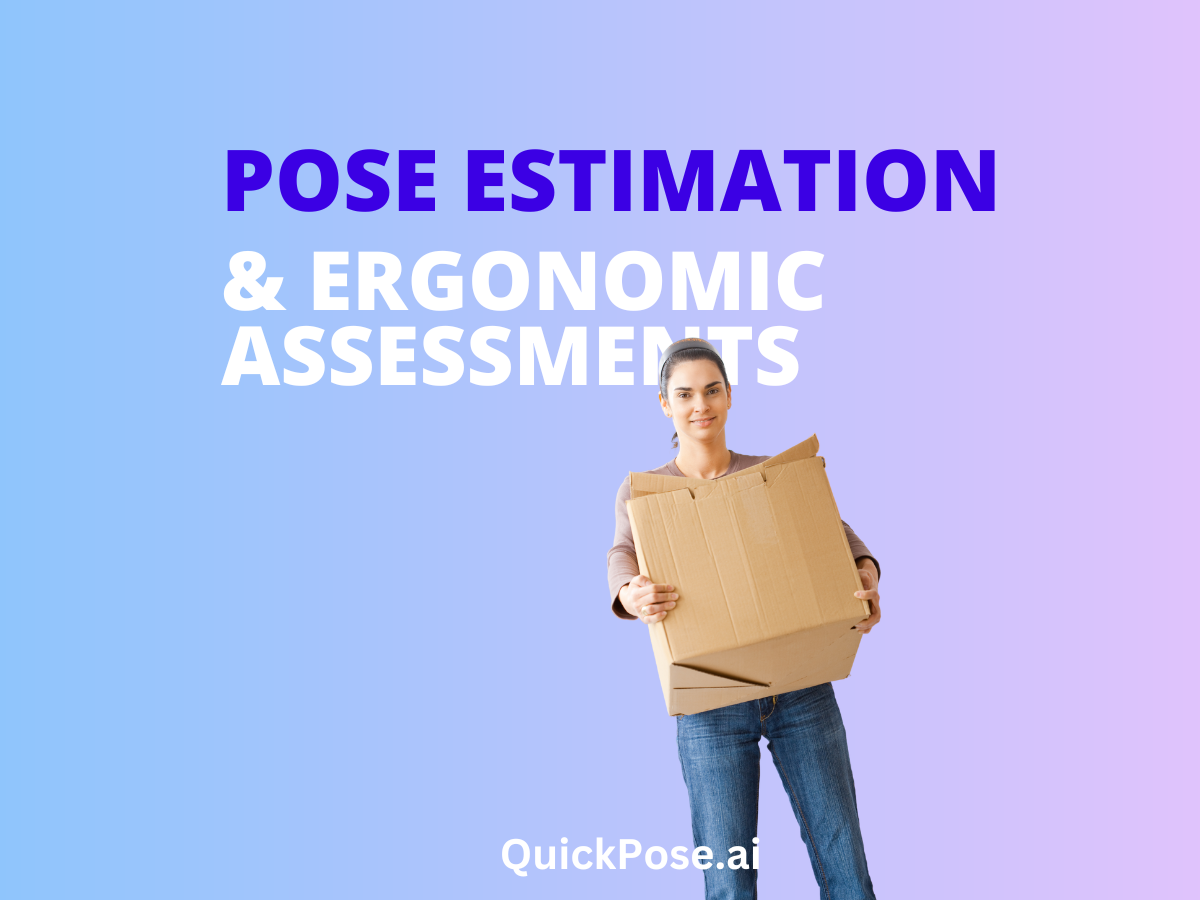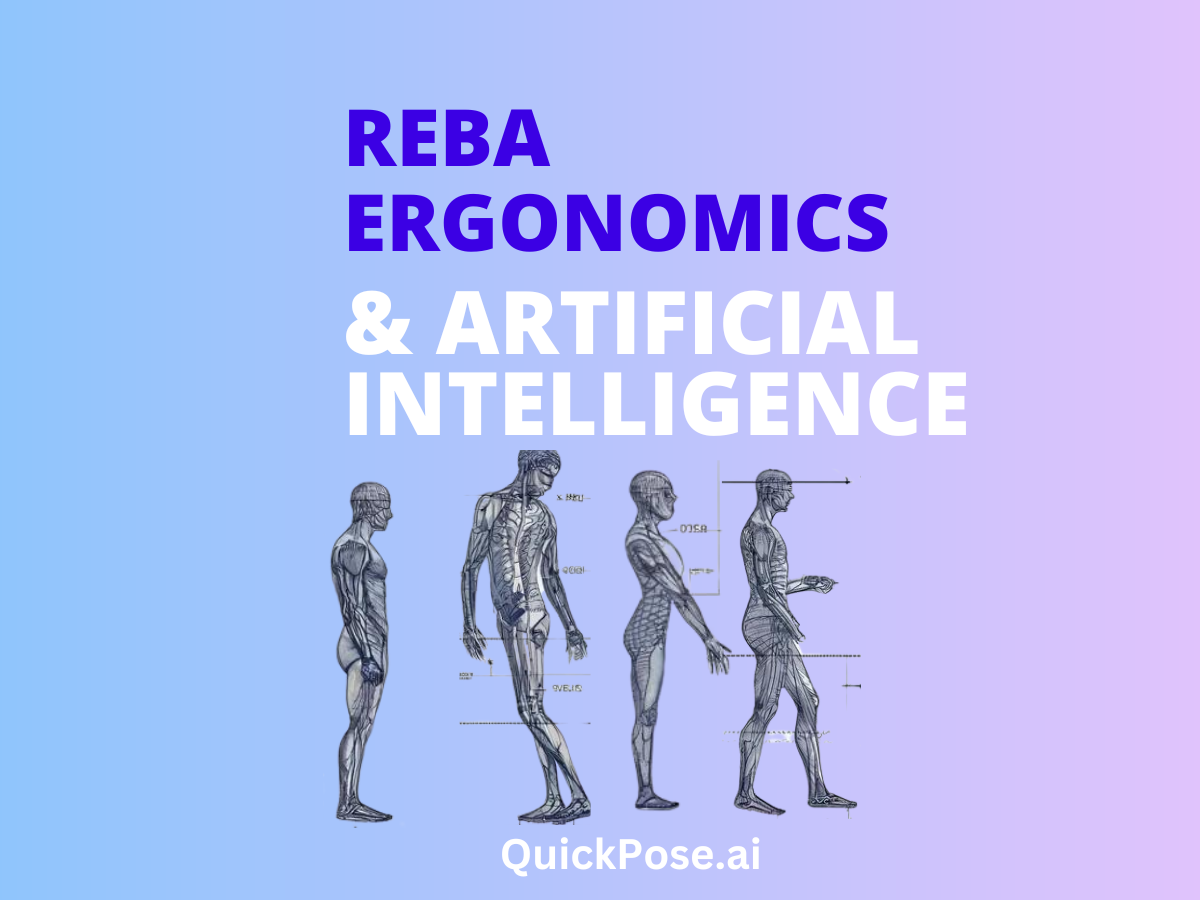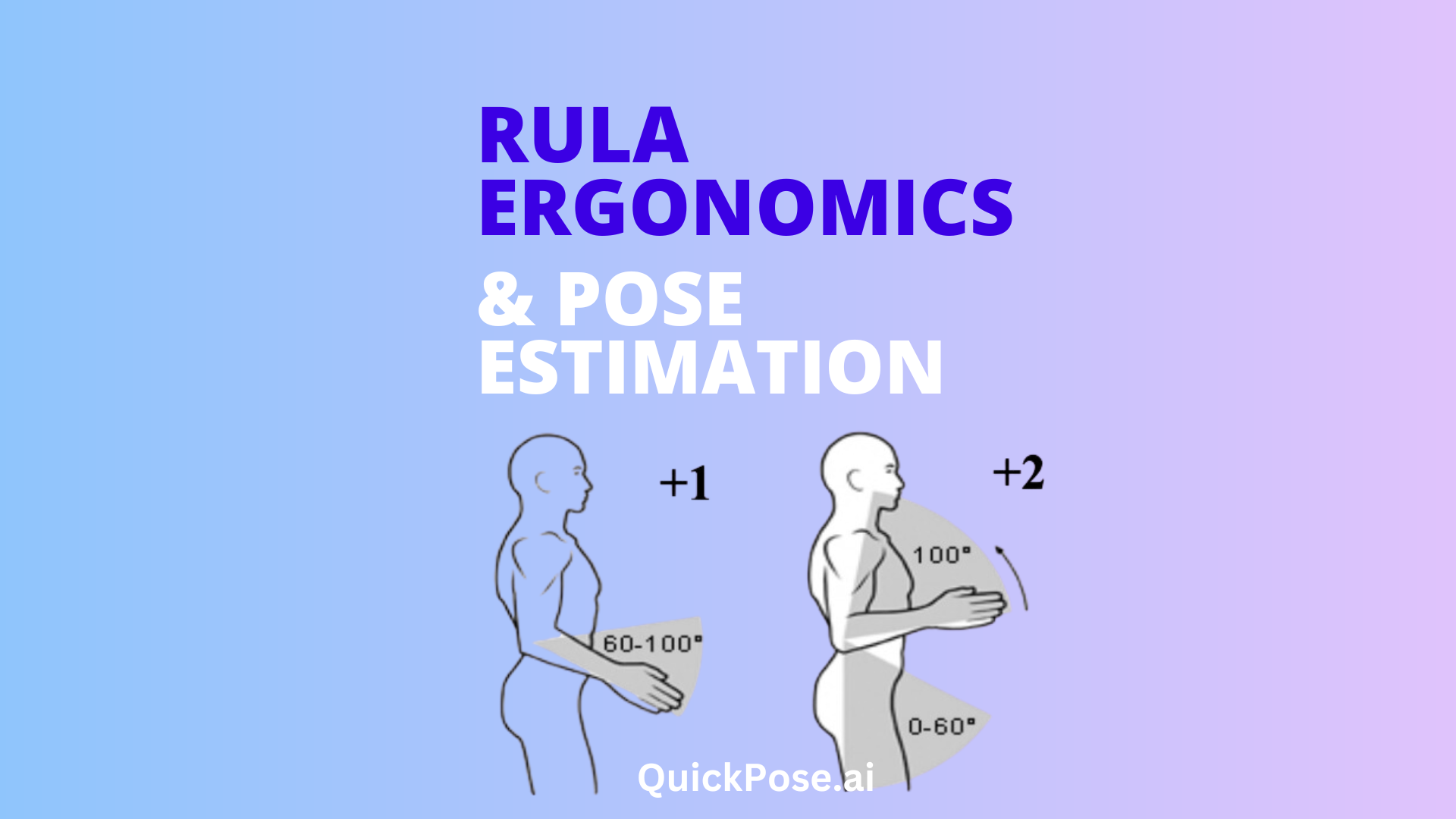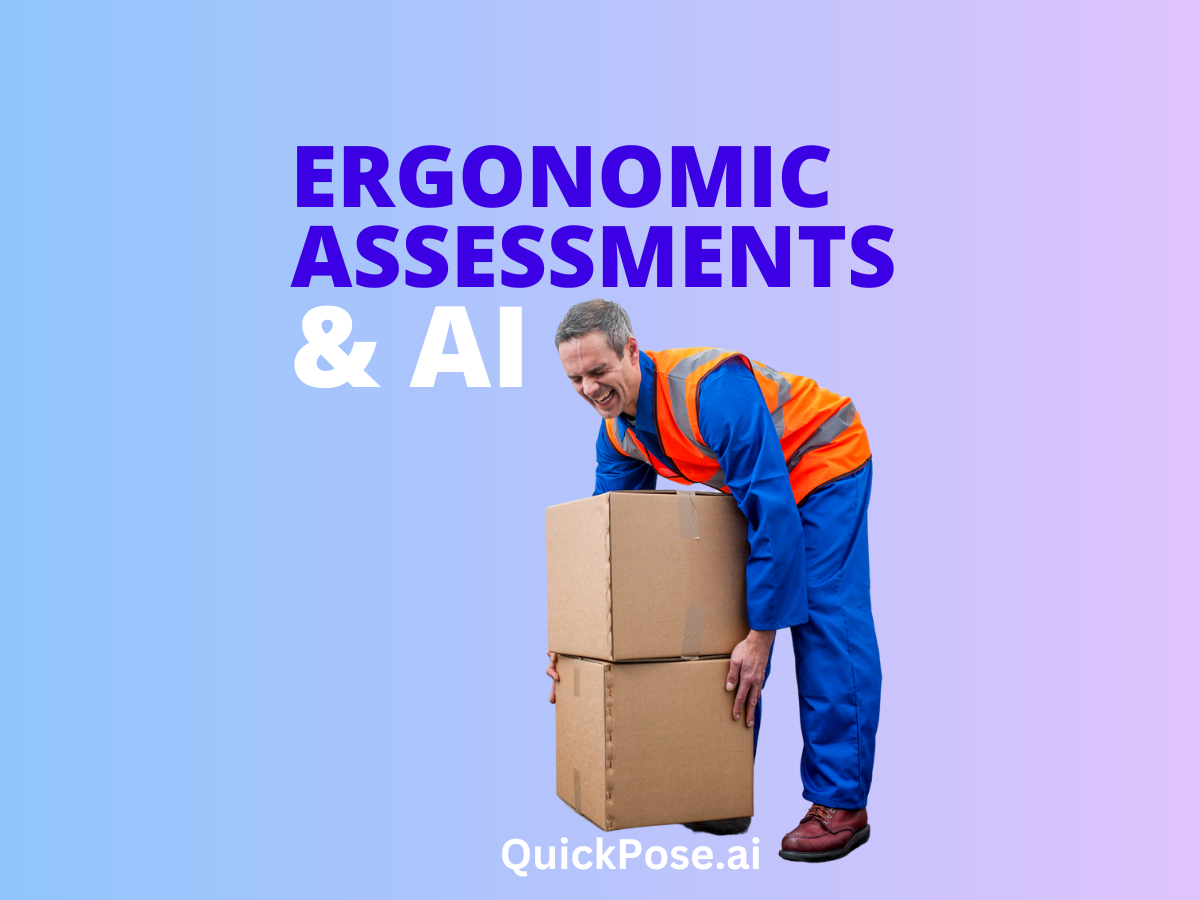Pose estimation technology, a branch of computer vision AI, has emerged as a transformative tool in the ergonomics industry. This technology involves the use of AI algorithms to analyse images or videos and determine the positions and orientations of a person’s body parts in real-time.
The ergonomic industry plays a crucial role in designing work environments that align with human capabilities and limitations, aiming to enhance productivity while minimising the risk of musculoskeletal disorders (MSDs) and other injuries.
By focusing on optimising the interaction between workers and their tasks, tools, and workspaces, ergonomics helps in creating safer, more comfortable, and more efficient workplaces. As businesses increasingly recognize the importance of employee well-being, the demand for effective ergonomic solutions continues to grow.
Here’s how pose estimation AI can be utilised in the ergonomics industry:
Real-time Ergonomic Risk Assessment:
-
- Pose estimation AI can continuously monitor workers’ postures and movements, identifying deviations from ergonomic norms. It provides immediate feedback, allowing for the timely correction of risky behaviours that could lead to injuries.
Automated Workplace Audits:
-
- By analysing video footage of various workplace activities, pose estimation AI can conduct comprehensive ergonomic audits without the need for manual observation. It can quickly identify tasks and areas with high ergonomic risk, enabling targeted interventions.
Ergonomic Training and Feedback:
-
- Pose estimation can be used in training programs to provide real-time, personalised feedback to workers. By demonstrating correct postures and movements and comparing them to the worker’s own, it enhances learning and adherence to ergonomic principles.
Data-Driven Ergonomic Design:
-
- The detailed data collected by pose estimation AI on how workers interact with their environment can inform the design of tools, workstations, and workflows that better accommodate human movements and reduce ergonomic risks.
Injury Prevention and Health Promotion:
-
- Continuous monitoring and analysis can help predict potential injury risks by identifying patterns that may lead to MSDs. This predictive capability allows for proactive measures to prevent injuries before they occur.
Remote Ergonomic Assessments:
-
- Pose estimation AI enables ergonomic assessments to be conducted remotely, making it easier for businesses to access expert advice and for consultants to serve a wider range of clients without the need for on-site visits.
Enhanced Worker Engagement:
-
- By involving workers in their own ergonomic safety through interactive and AI-driven tools, businesses can enhance worker engagement, awareness, and compliance with ergonomic practices.
Integration with Wearable Technology:
-
- Pose estimation can complement data from wearable sensors, providing a more comprehensive view of a worker’s ergonomic risk profile and offering more nuanced recommendations for improvements.
Pose estimation AI represents a significant advancement in the ergonomics industry, offering scalable, efficient, and effective solutions for assessing and improving workplace ergonomics. By integrating Pose Estimation technology with ergonomic methodologies such as Rapid Upper Limb Assessment (RULA), Rapid Entire Body Assessment (REBA), Loading on the Upper Body Assessment (LUBA), or New Ergonomic Posture Assessment (NERPA) and others, AI has significant opportunities across industries and at scale.




